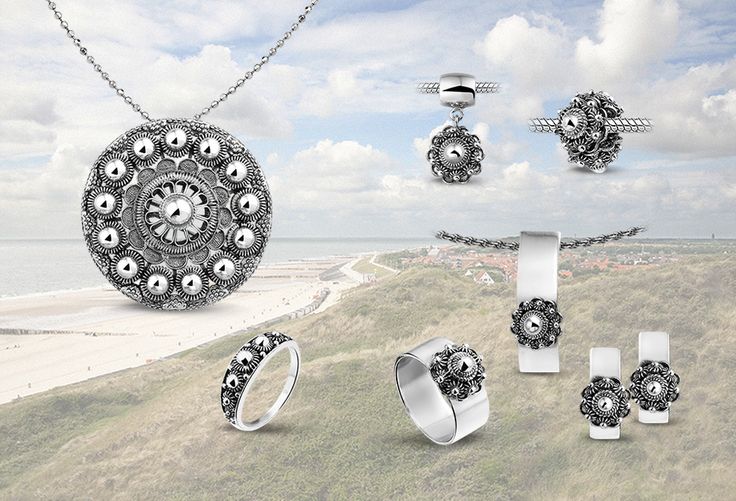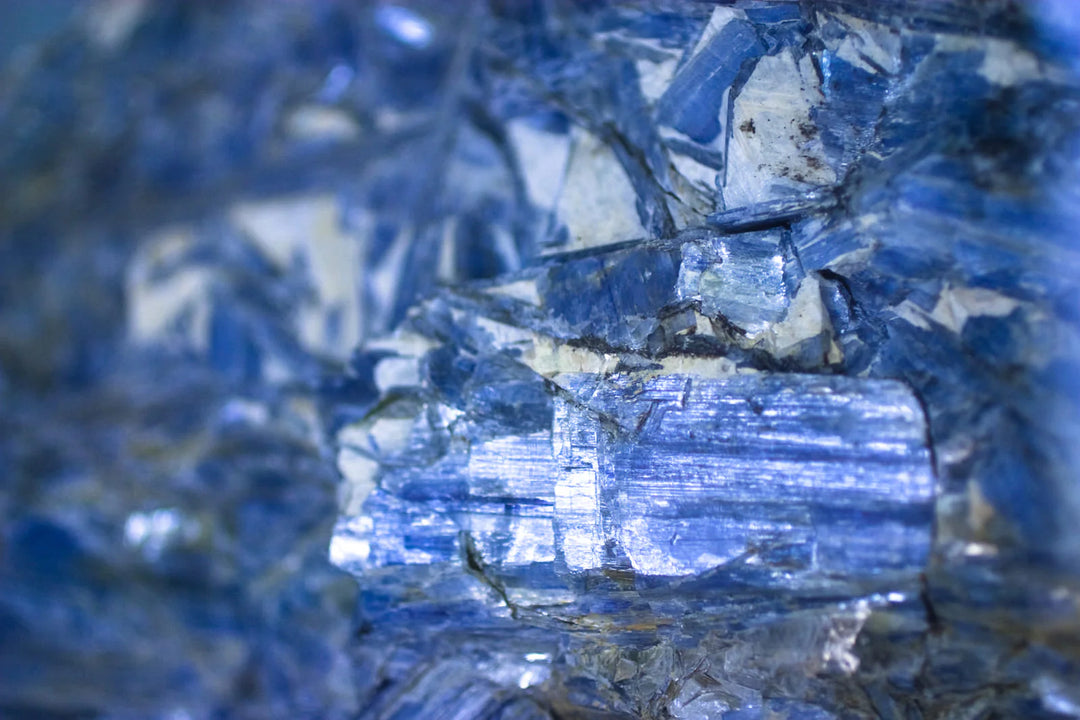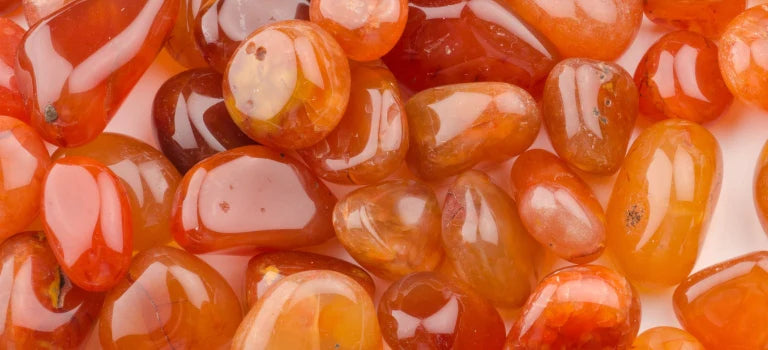The Enchanting World of Tourmaline: Properties, Meaning and History
Tourmaline, with its vibrant colors and intriguing properties, is a gemstone that has inspired admiration for centuries. Let's explore the fascinating world of tourmaline, from its unique properties to its profound symbolism and historical background.
Tourmaline: A Spectrum of Colors and Varieties
Tourmaline is a versatile gemstone that comes in a wide range of colors, from bright pink and deep blue to green, yellow, purple and even black. This variety of colors is due to the different minerals and elements incorporated into the stone during its formation. Some of the most common varieties of tourmaline are pink tourmaline (also known as rubellite), green tourmaline (verdelite), and blue tourmaline (indigolite).
The Value of Tourmaline: Aesthetic and Spiritual
The value of tourmaline extends beyond its aesthetic beauty to its profound spiritual significance. Although the price of tourmaline varies depending on factors such as color, purity and size, it remains a highly prized gemstone in the world of jewelry and spiritual practices. As a symbol of protection and balance, tourmaline is valued not only for its physical beauty, but also for its ability to promote positive energy and ward off negative energy. This combination of aesthetics and spiritual power makes tourmaline a valuable addition to any collection and a source of inspiration for those who strive for inner harmony and well-being.
Meaning and Symbolism of Tourmaline
Tourmaline symbolizes protection, healing and balance. In many cultures, it is believed that tourmaline can ward off negative energies and promote positive energy. It is often used as a talisman to protect the wearer from psychic attacks and negative outside influences. Additionally, tourmaline is associated with promoting inner strength, emotional stability and spiritual growth.
Historical Background of Tourmaline
The history of tourmaline dates back thousands of years, with the stone being prized for its unique beauty and medicinal properties. In ancient Egypt, tourmaline was used as a protective amulet, while in ancient China the stone was used in medicine and as a decorative object. Tourmaline was also prized in European cultures, where it was used in jewelry and as a means of warding off negative energies.
Tourmaline in Modern Times
Today, tourmaline remains a popular choice for jewelry and spiritual applications because of its vibrant colors and symbolic meanings. It is often used in rings, pendants, bracelets and earrings, and is valued for its aesthetic appeal and spiritual properties. In addition, tourmaline is also used in alternative medicine, where it is applied for its supposed healing properties and ability to release energetic blockages.
Conclusion
Tourmaline, with its beautiful colors and profound symbolism, remains an intriguing gemstone that fascinates and inspires people around the world. From its properties as a protective talisman to its historical and cultural significance, tourmaline remains a timeless favorite that leaves a lasting impression. With its aesthetic beauty and spiritual properties, tourmaline remains a valuable addition to any jewelry collection and a source of inspiration for those seeking inner strength and balance.
















Leave a comment